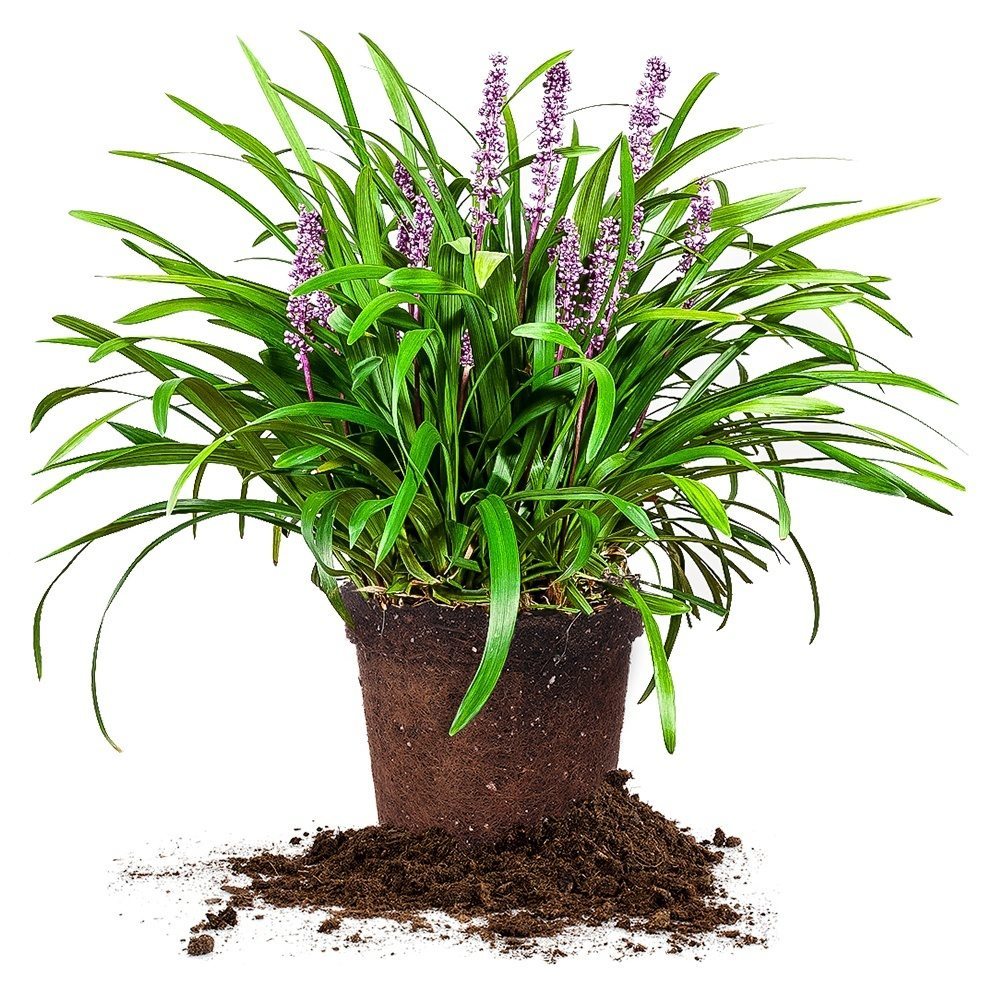Best Pollinator Plants for Butterflies, Bees, and Hummingbirds

Help us celebrate Pollinator Week this year, by selecting plants for a pollinator garden in your landscape. Keep reading to find out the best pollinator plants for butterflies, bees, and hummingbirds!
What is Pollination?
If you watch a bee closely on a flower, you can see them removing pollen from the stamen of a flower. Pollen is created in the anther, which is located in the stamen of a flower. Pollinators will carry the pollen between flowering plants. This process is called cross-pollination. By moving the pollen from one plant to another, the pollen will help fertilize the flower for reproduction. Cross-pollination also increases biodiversity which is essential for ecosystem sustainability. Some of our staple crops like corn, wheat, rice, and oats are pollinated through wind pollination.
We Can’t Live Without Them!
Every one out of three bites of food was created in part by pollinators like bees, butterflies, moths, bats, beetles, and birds. Not only do we need them for food production, but pollinators also help sustain our ecosystems by assisting in plant reproduction. About 75% to 95% of flowering plants on the earth need these beneficial insects to reproduce, and it’s our responsibility to conserve them.
Best Pollinator Plants for Butterflies, Bees, and Hummingbirds
The Pugster Pink® Butterfly Bush is a fantastic pollinating plant that produces large clusters of small vibrant pink blooms that serve as a delightful source of nectar, making it a favorite landing spot for butterflies and other pollinators.
Bee Pollination Facts
Every year, millions of native bee colonies travel across the country in early spring to pollinate our fruits and veggies. There are more than 4,000 species of bees in the United States, who spend most of their life collecting pollen. Honey Bees are responsible for more than 3 billion dollars in agricultural revenue in the United States, and many fruits like blueberries, cherries, and almonds depend almost entirely on them.
Are Wasps Pollinators?
Wasps are some of the most important pollinators. They are close cousins of bees, and similarly, need pollen and nectar from many flowers to survive. Although wasps look like bees, they are not as covered in tiny hairs that assist in flower pollination. Fig wasps pollinate around 1,000 different species of fig trees by laying eggs into the immature fruit.
Best Pollinator Friendly Fruit Trees for Bees
National Pollinator Week
Sadly, our bee population has been declining for the last half-century. Development in infrastructure has put pollinator populations at risk, as their food sources are diminishing. We can help in pollinator conservation by planting plants that attract pollinators (like butterfly gardens), plants that have overlapping bloom times, native plants, and using fewer pesticides and insecticides.
Join us in celebrating National Pollinator Week by donating to the Pollinator Partnership, and adding pollinator plants to your landscape. Save the bees!






























